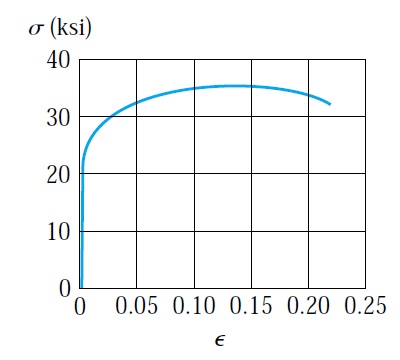Difference between w/c and w/b
The concrete mix consists of cement, fine aggregate, coarse aggregate, and water. W/c is an essential factor in producing concrete with high compressive strength and high durability, increasing w/c will adversely affect the strength and durability of concrete. Increasing w/c means more water added to mix and part of this water will bleed or evaporate due to weather, losing of this water will produce porous concrete, high permeability will reduce the compressive strength of concrete. Also, it will allow for the ingress of aggressive chemical. This chemical will cause steel rust, and this, in turn, will cause concrete cracks and spalling.
W/c is the ratio of water to cement only. W/b is the ratio of water to the binder. Usually, some material such as fly ash, silica fume, and GGBS added to improve concrete properties. These materials with cement known as binder. Figure 1 showing how this material will reduce concrete permeability and produce dense concrete. The binder includes cement and any other binding material such as fly ash or silica fume. In concrete mix design if binder materials are added to the mix, then water content should be calculated using w/b.
W/c is the ratio of water to cement only. W/b is the ratio of water to the binder. Usually, some material such as fly ash, silica fume, and GGBS added to improve concrete properties. These materials with cement known as binder. Figure 1 showing how this material will reduce concrete permeability and produce dense concrete. The binder includes cement and any other binding material such as fly ash or silica fume. In concrete mix design if binder materials are added to the mix, then water content should be calculated using w/b.
Figure 1














Comments
Post a Comment